The night sky is a natural wonder, a vast canvas that has fascinated humankind for millennia. While telescopes and other sophisticated equipment can reveal the intricate details of the cosmos, many celestial events can be enjoyed with the naked eye. From meteor showers to auroras, the universe puts on spectacular displays that captivate observers around the world. This article explores 13 cosmic events that anyone can witness without the need for telescopic assistance, encouraging everyone to step outside and look up.
12. The Magnificent Aurora Borealis

The Aurora Borealis, commonly known as the Northern Lights, is one of the most stunning natural phenomena. Occurring when charged particles from the sun interact with Earth’s magnetic field, the auroras create a dazzling display of colorful light in the high-latitude regions. Best viewed in locations like Norway, Iceland, and Canada, these vibrant curtains of green, pink, and purple can be seen without a telescope, although a camera can capture the full spectrum better than the human eye.
11. The Dance of the Southern Lights

Much like their northern counterpart, the Aurora Australis, or Southern Lights, grace the southern hemisphere’s skies. Visible in places such as Tasmania, Antarctica, and New Zealand’s South Island, these lights offer a fantastic show to those in the right place at the right time. With similar causes and appearances to the Northern Lights, the Southern Lights are a breathtaking reminder of the beauty above us.
10. Annual Meteor Showers

Meteor showers provide one of the most mesmerizing displays in the night sky. Occurring when Earth passes through the debris left by a comet, these showers produce numerous meteors or “shooting stars” that streak across the sky. Notable annual meteor showers include the Perseids in August and the Geminids in December, both easily visible with the naked eye under clear, dark skies.
9. Lunar Eclipses
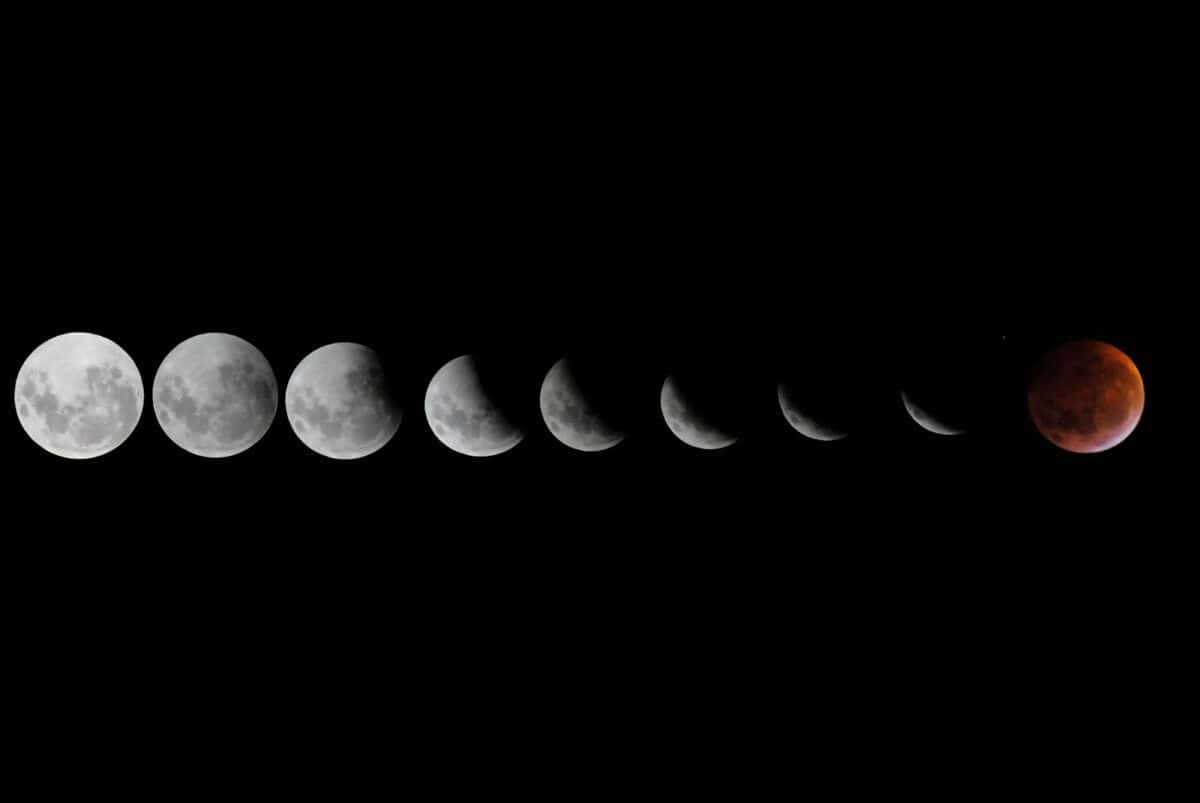
When Earth positions itself directly between the sun and the moon, a lunar eclipse occurs, casting Earth’s shadow on the moon. Unlike solar eclipses, lunar eclipses are safe to view with the naked eye and can be seen from any location where the moon is above the horizon. Witnessing a lunar eclipse offers a rare chance to see the moon turn a dramatic shade of red, commonly known as a “Blood Moon.”
8. Solar Eclipses

Although observing a solar eclipse requires some caution, as direct viewing can damage the eyes, these events are still incredible spectacles. A total solar eclipse occurs when the moon completely covers the sun, momentarily turning day into night. If you plan to observe this event, ensure to use proper eye protection or indirect viewing methods, such as a pinhole projector.
7. Planets Aligning
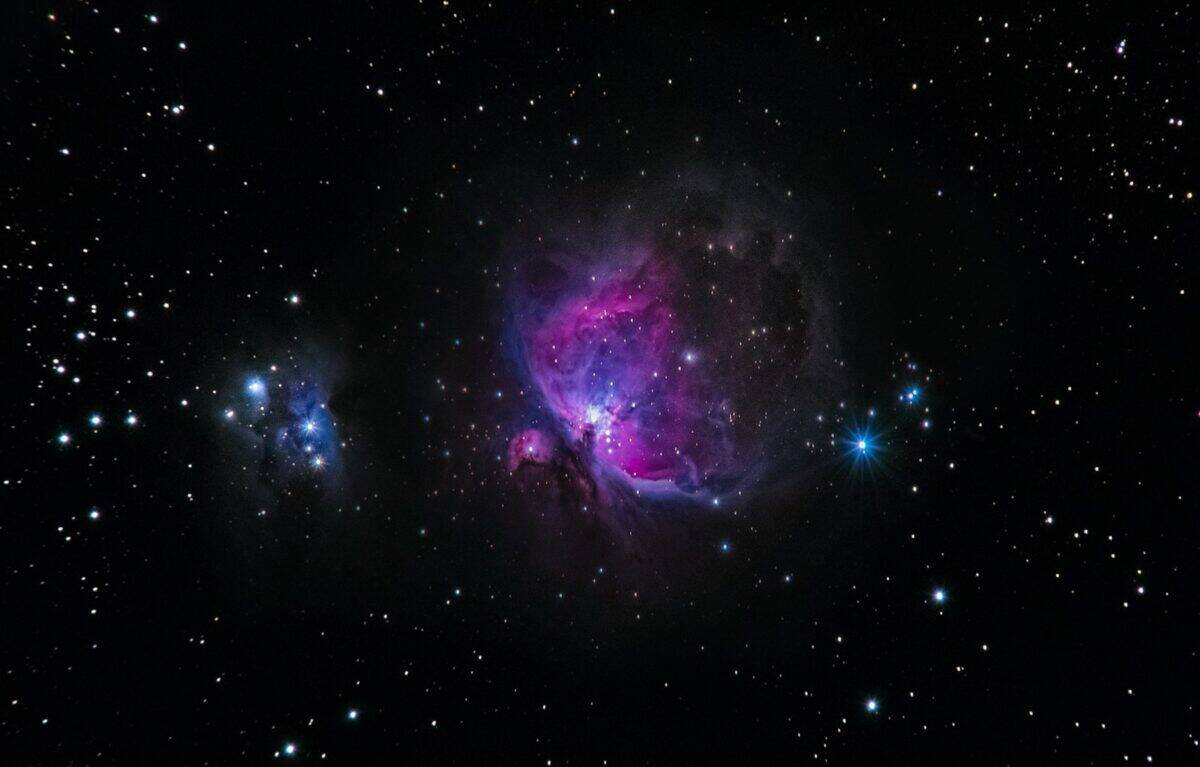
At times, planets align in the night sky, creating an impressive visual display. This event, known as a planetary conjunction, involves two or more planets appearing very close to each other from our viewpoint on Earth. Such alignments, especially when involving bright planets like Venus, Jupiter, or Saturn, are visible without telescopes and often draw attention from astronomers and casual observers alike.
6. The Bright Venus

Often referred to as the “Evening Star” or “Morning Star,” Venus is one of the brightest objects in our sky besides the sun and moon. Its brilliance is due to its highly reflective cloud cover and proximity to Earth. Whether at dawn or dusk, spotting Venus is an easy task and requires no special equipment.
5. The Marvelous Milky Way
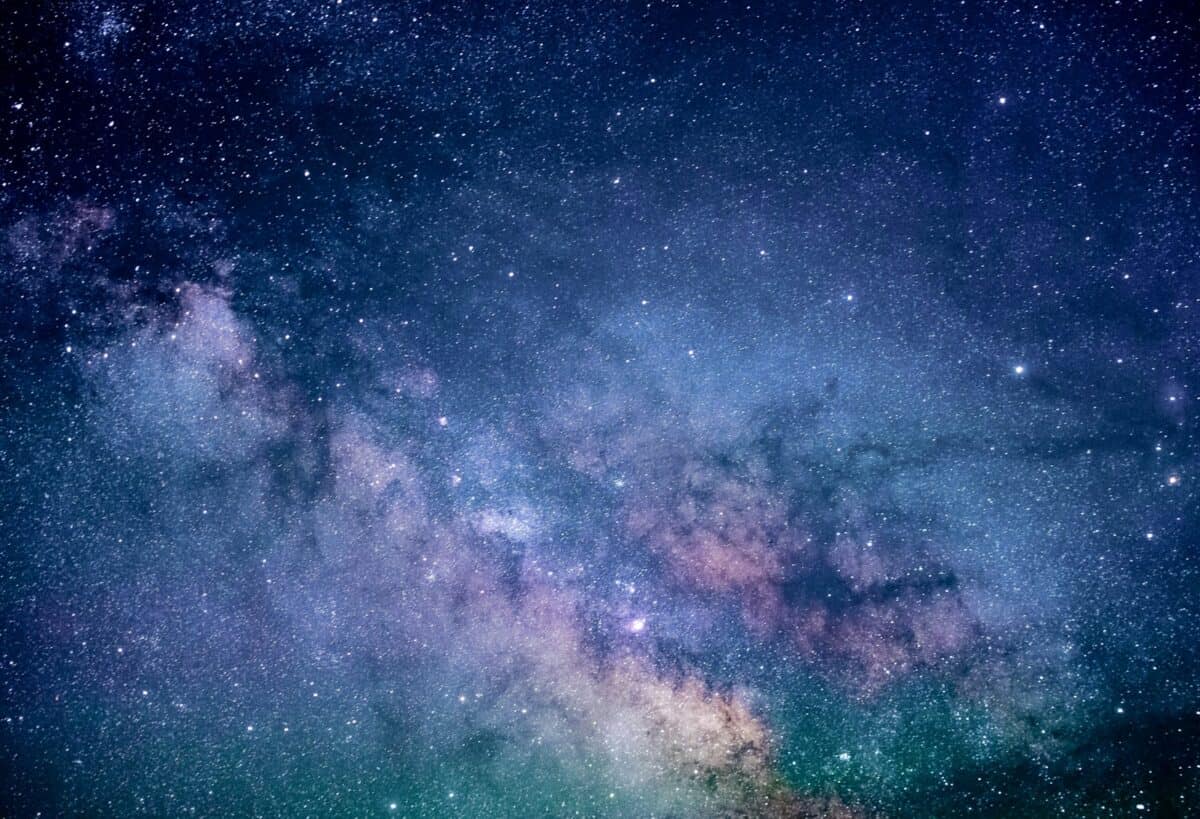
The Milky Way, the galaxy that contains our solar system, appears as a dense band of stars stretching across the sky. Best seen in locations with little light pollution, this celestial sight offers a glimpse into the universe’s vastness. On a clear night, especially during summer months, the Milky Way presents a breathtaking view that reminds us of our place in the cosmos.
4. Constellations and Their Stories

For thousands of years, humans have gazed at the night sky, identifying patterns and creating stories around constellations. From Orion the Hunter to the Big Dipper, these star formations require no equipment to appreciate fully. Learning the myths and legends behind each constellation adds depth to the experience of stargazing.
3. The Iridium Flare

Iridium flares, caused by sunlight reflecting off satellites, create a brief but intense flash in the sky. Named after the Iridium communication satellites, these flares can be predicted and often surprise observers with their sudden brightness. Although they last only a few seconds, Iridium flares remind us of humanity’s presence in space.
2. Glorious Moon Phases
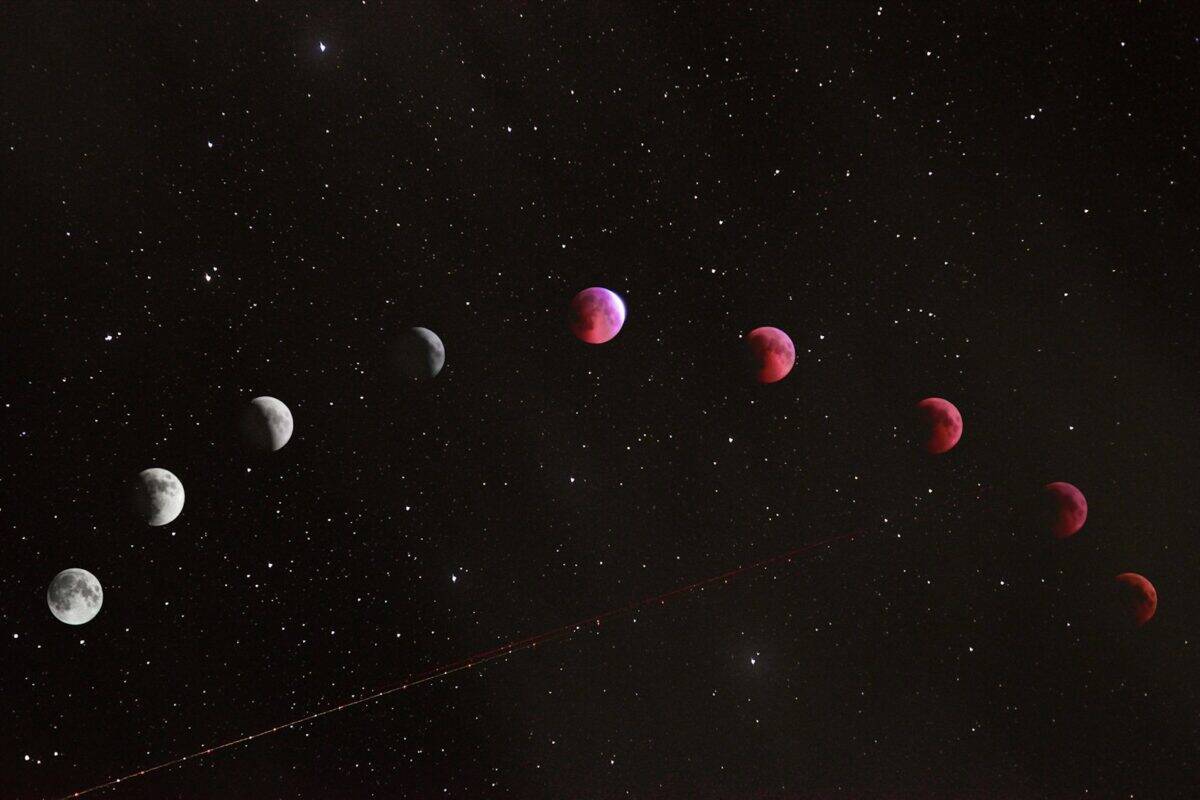
Throughout the month, the moon goes through different phases, from new moon to full moon. Each phase offers a unique beauty, with a full moon being particularly captivating. Observing these phases helps us understand the moon’s orbit around Earth and its impact on tides and cultural traditions worldwide.
1. The Elusive Zodiacal Light
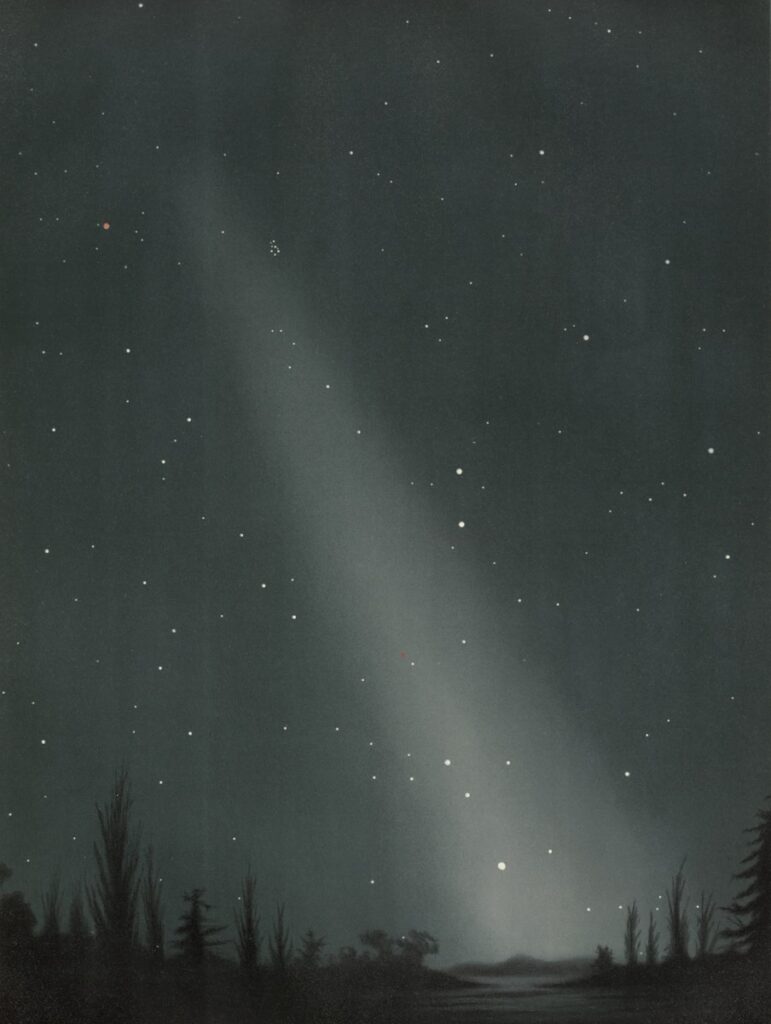
Zodiacal light is a faint, triangular glow visible in the night sky just before dawn or after dusk. Caused by sunlight scattering off interplanetary dust in the solar system plane, it is best viewed from a dark location without light pollution. Spotting this ethereal glow offers a rare glimpse into the subtle beauty of our solar system’s structure.
In conclusion, the night sky is full of wonders accessible to anyone willing to take the time to look up. From the rhythmic dance of the auroras to the twinkling of distant stars forming ancient constellations, these events remind us of the universe’s majesty and our small, luminous place within it. So, grab a blanket, find a dark spot, and enjoy the magnificent cosmic shows the night sky offers without the need for any telescopes.
- The Most Bizarre Animal Migration You’ve Never Heard Of - August 20, 2025
- Fierce Animal Moms Who Would Do Anything for Their Babies - August 20, 2025
- The Secret Life of the Saola: Asia’s Hidden “Unicorn” - August 20, 2025

